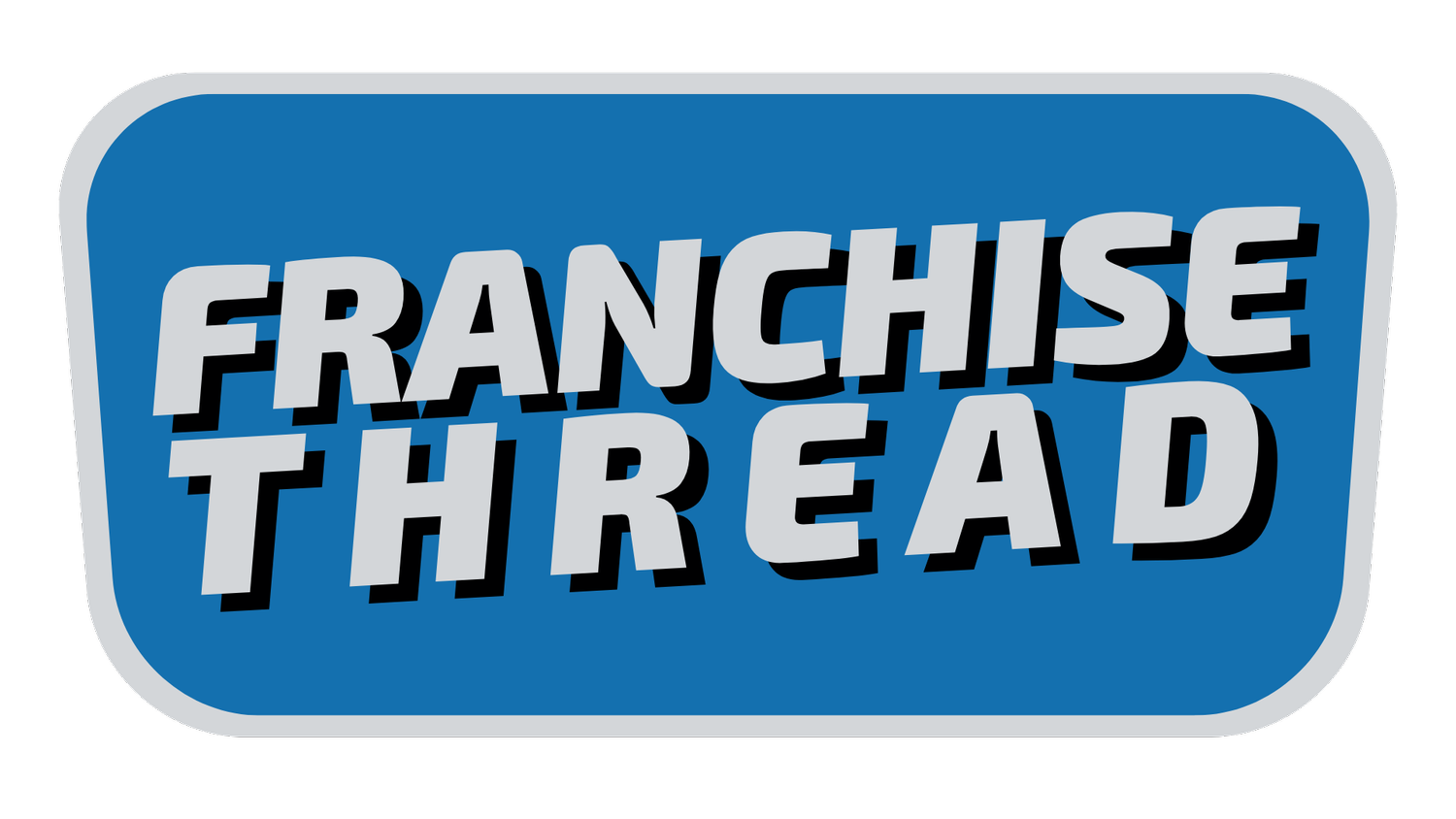The Ultimate Guide to ROBS Funding: How to Use Your Retirement Funds to Buy a Franchise (2025)
Table of Contents
Understanding ROBS Funding {#understanding-robs-funding}
Rollovers for Business Startups (ROBS) has emerged as a powerful financing tool for aspiring franchise owners. This innovative funding method allows entrepreneurs to tap into their retirement savings without incurring early withdrawal penalties or immediate tax obligations. According to recent studies by FranData, approximately 15% of new franchise purchases now involve some form of retirement fund utilization.
What Makes ROBS Different from Traditional Retirement Fund Usage?
Unlike traditional 401(k) loans or early withdrawals, ROBS creates a legal structure that enables direct investment of retirement funds into your new business. This distinction is crucial because it avoids the penalties and taxes typically associated with early retirement fund access.
Benefits of Using ROBS for Franchise Financing {#benefits}
Immediate Advantages
Debt-Free Business Launch
Preservation of Personal Credit
Quick Access to Capital
No Monthly Loan Payments
Complete Control Over Funds
Long-Term Strategic Benefits
Better Cash Flow Management
Increased Profitability Potential
Greater Business Control
Flexible Growth Options
Retirement Plan Continuation
Step-by-Step ROBS Implementation Guide {#implementation}
Phase 1: Initial Setup
Establish a C-Corporation
Create a Retirement Plan
Transfer Existing Funds
Issue Corporation Stock
Access Working Capital
Phase 2: Operational Structure
Corporate Governance Setup
Compliance Framework
Administrative Systems
Employee Benefit Plans
Record-Keeping Protocols
Common Mistakes to Avoid {#mistakes}
Critical Errors in ROBS Setup
Incorrect Corporate Structure
Poor Documentation
Non-Compliant Fund Usage
Inadequate Administration
Prohibited Transactions
Prevention Strategies
Professional Guidance
Regular Audits
Compliance Training
Documentation Systems
Expert Consultation
Legal Requirements and Compliance {#legal}
Federal Regulations
ERISA Guidelines
IRS Requirements
Department of Labor Rules
Securities Regulations
Corporate Law Compliance
State-Specific Considerations
Registration Requirements
Tax Obligations
Employment Laws
Securities Regulations
Corporate Governance
Costs and ROI Analysis {#costs}
Initial Investment
Setup Fees: $5,000-$8,000
Legal Costs: $2,000-$4,000
Administrative Fees: $1,000-$2,000
Corporate Filing: $500-$1,000
Professional Services: $2,000-$5,000
Ongoing Expenses
Annual Administration: $800-$1,200
Compliance Costs: $500-$1,000
Professional Fees: $1,000-$2,000
Insurance: $500-$1,500
Miscellaneous: $500-$1,000
Tax Implications {#tax}
Immediate Tax Considerations
Tax-Free Fund Transfer
Corporate Tax Structure
Payroll Tax Requirements
State Tax Obligations
Local Tax Compliance
Long-Term Tax Planning
Exit Strategy Taxation
Retirement Plan Distributions
Corporate Profit Taxation
Employee Benefit Taxation
Capital Gains Considerations
Success Stories {#success}
Case Study 1: Quick Service Restaurant
Initial Investment: $250,000
Time to Profitability: 18 months
Current Status: Multi-unit operator
Key Success Factors: Location, management, systems
Case Study 2: Fitness Franchise
Initial Investment: $175,000
Time to Profitability: 12 months
Current Status: Regional developer
Key Success Factors: Marketing, community engagement
Expert Tips {#tips}
From Financial Advisors
Maintain Diversification
Plan for Contingencies
Regular Compliance Reviews
Professional Administration
Documentation Systems
From Successful ROBS Users
Adequate Capitalization
Strong Support Team
Clear Business Plan
Compliance Focus
Growth Strategy
Frequently Asked Questions {#faq}
General ROBS Questions
Q: What is the minimum amount needed for ROBS? While there's no legal minimum, most providers recommend at least $50,000 to ensure viability after setup costs.
Q: How long does ROBS setup take? Typically 2-3 weeks with an experienced provider, assuming all documentation is in order.
Technical Questions
Q: Can I use multiple retirement accounts? Yes, multiple qualified retirement accounts can be combined in a ROBS structure.
Q: What happens if the business fails? Any remaining assets stay within the retirement plan structure, but initial investment could be lost.
Operational Questions
Q: Can I pay myself a salary? Yes, reasonable compensation is allowed once the business is operational.
Q: Do I need to offer the 401(k) to employees? Yes, eligible employees must be offered plan participation on a non-discriminatory basis.
Expert Resources
ROBS Providers
Guidant Financial - Specialized in franchise funding. Some franchisors may have preferred relationships that help franchisees secure loans.
FranFund - Comprehensive ROBS services
Benetrends - Pioneer in ROBS arrangements
Regulatory Resources
Conclusion
ROBS funding represents a powerful tool for franchise acquisition when properly structured and managed. Success requires careful planning, professional guidance, and ongoing attention to compliance requirements. Consider consulting with qualified professionals to determine if ROBS is right for your franchise investment strategy.
Disclaimer
This article is for informational purposes only and should not be considered financial or legal advice. Consult with qualified professionals before making any decisions about retirement funds or business investments.

